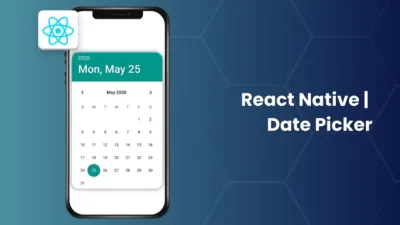React Native is an open-source framework for developing cross-platform mobile applications using JavaScript and React.

Image loading and rendering are two of the core aspects of any mobile application. But sometimes, pictures can be tricky to handle in React Native, especially when they are large in size or if the network connectivity is slow.
This is where React Native FastImage comes in. In this article, we’re going to check out how one can create applications with React Native using the fast and efficient library for image loading, React Native FastImage.

What is React Native FastImage?
React Native FastImage is a library for React Native that is designed for fast and efficient image loading. It provides an elegant and ultra-simple way for loading and rendering images in your React Native app. FastImage is built to manage large images, slow network connections, and cache, thus forming a perfect solution for developing high-performance mobile apps.
React Native FastImage Usage
Install the package using npm or yarn:
Using npm:
npm install react-native-fast-imageUsing yarn:
yarn add react-native-fast-image
iOS Setup
Reinstall pod using the following command
cd ios && pod install && cd ..Example:
import React from 'react';
import { View, Text } from 'react-native';
import FastImage from 'react-native-fast-image';
const App = () => {
return (
<View>
<FastImage
style={{ width: 200, height: 200 }}
source={{ uri: 'https://magecomp.com/media/logo/websites/1/Magecomp_Logo_251x51.png' }}
resizeMode={FastImage.resizeMode.contain}
/>
</View>
);
};
Conclusion:
FastImage is a robust solution for managing images in React Native applications, providing excellent performance and a rich feature set. Whether you’re building a lightweight app or a media-heavy platform, FastImage can help you deliver a faster, smoother user experience. Give it a try in your next project and see the difference!





